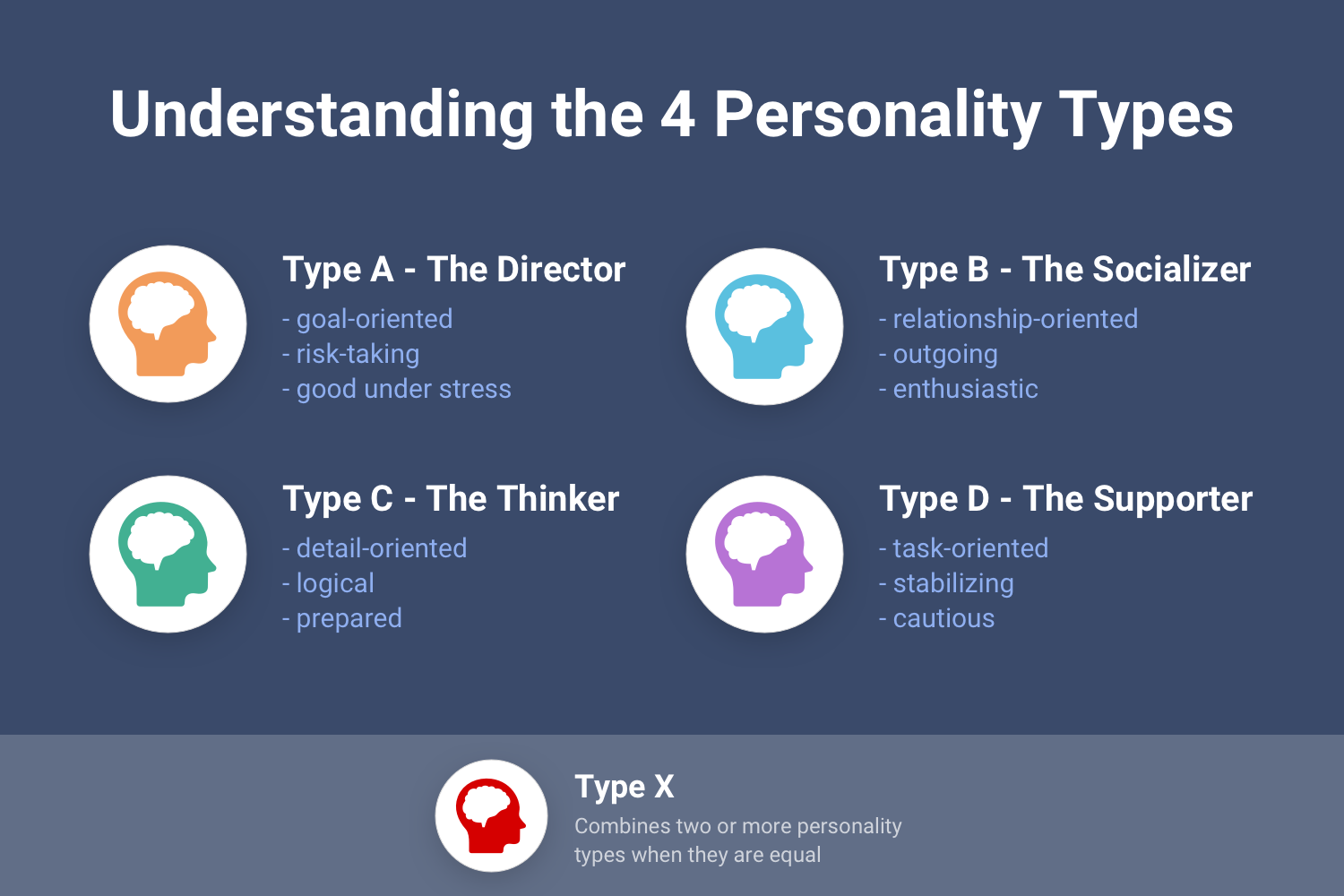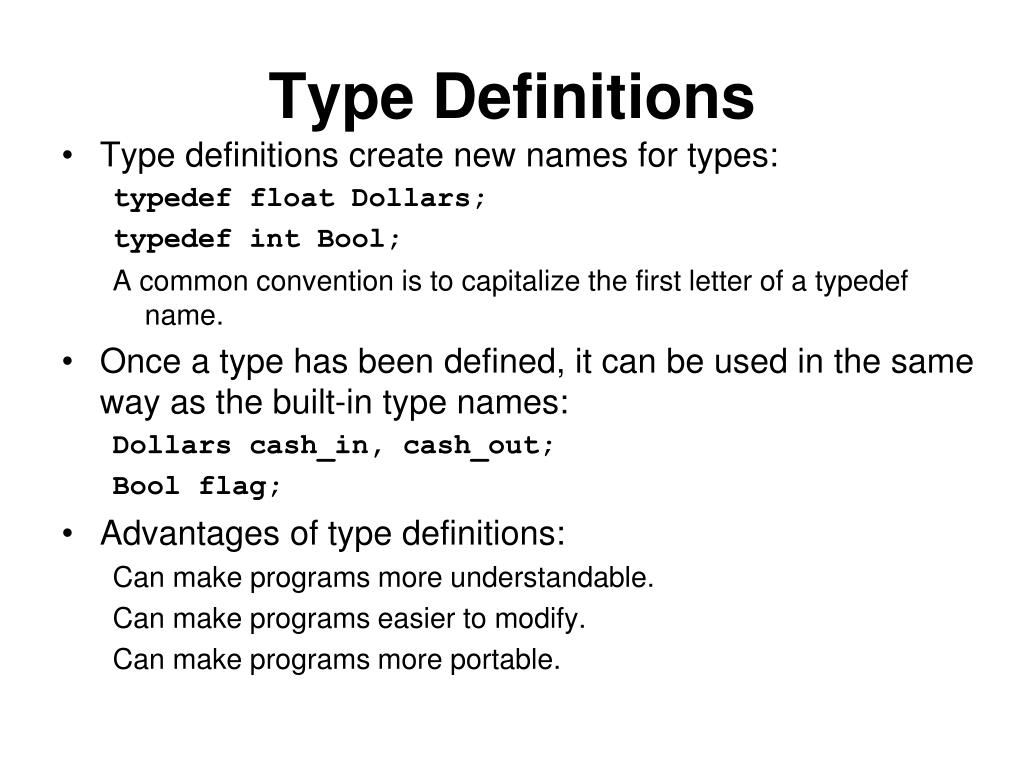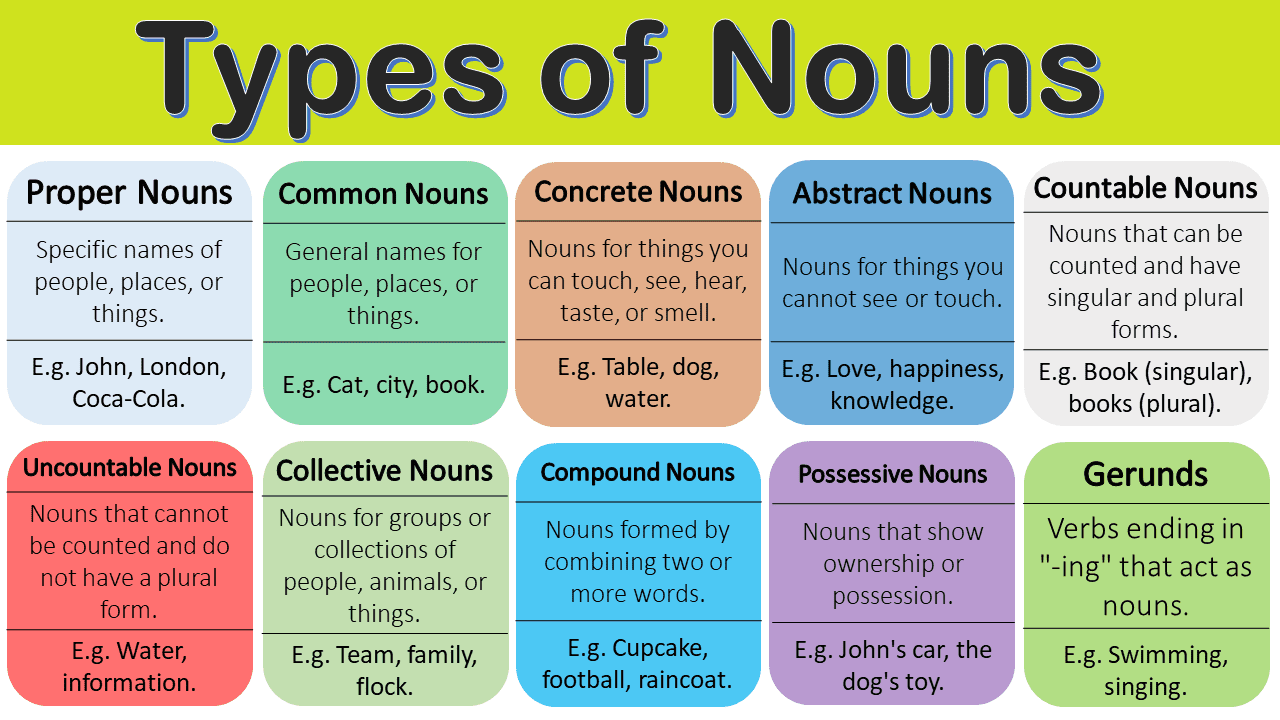Discovering The Charm: Exploring The Many Types Of Dimples
Have you ever stopped to really look at someone's smile, maybe noticing those cute little indentations that appear on their cheeks or chin? It's pretty interesting, isn't it, how some people have them and others don't? These charming little features, commonly called dimples, add a touch of uniqueness to a person's face, and they've been admired for ages, you know. They can make a smile seem even brighter, or give a face a really playful look, which is kind of neat.
For a long time, people have thought of dimples as a sign of good luck or beauty, and it's easy to see why. They really do draw your eye, giving a face a certain appeal that's hard to ignore. We often just think of "dimples" as one thing, but actually, there are several different kinds, each with its own special place on the face and, in some respects, its own story. So, it's not just one type, you see.
Just like we categorize variables into four types, or how we study various types of trees, as mentioned in My text, classifying dimples helps us understand their different forms and where they appear. It's about recognizing the subtle variations that make each person's facial features unique. So, in a way, we're going to break down these delightful little indentations, exploring where they show up and what makes each kind a bit distinct.
- Paul Harvey Jr Net Worth
- Kennedy Owen
- El Rincon De Luli
- Catharine Daddario Age
- Hunter Mcgrady Height And Weight
Table of Contents
- Understanding Dimples: What Are They, Anyway?
- The Various Types of Dimples
- Are Dimples Genetic?
- The Cultural View of Dimples
- Frequently Asked Questions About Dimples
- Appreciating Your Unique Features
Understanding Dimples: What Are They, Anyway?
Dimples are, at their heart, small indentations or depressions in the skin. They're often seen as a really charming characteristic. These little dips appear when certain muscles beneath the skin are a bit shorter or have a slight split, attaching to the skin in a way that creates a small pull inward when you move your face, like when you smile. It's actually a pretty simple explanation for something that adds so much character, wouldn't you say?
The Science Behind the Smile
The main reason dimples form has to do with muscle structure. For cheek dimples, it's usually about the zygomaticus major muscle, which helps lift the corners of your mouth when you smile. When this muscle has a slight variation, it can cause the skin to indent, creating that familiar dimple. It's a minor difference in anatomy that leads to a quite noticeable and often adored feature, so it is.
The Various Types of Dimples
When we talk about the different types of dimples, we're really talking about where they show up on the body and what causes them. Just like My text talks about different types of Pokémon, like dark and steel types added in generation 2, or the fairy type in generation 6, we can categorize dimples based on their location. Each location means a slightly different reason for their existence, too it's almost.
Cheek Dimples
These are probably the most well-known kind of dimples, the ones that pop up on your cheeks when you flash a big grin. They can appear on one side of the face or both, and they tend to be quite noticeable. Some people have just one, which is rather unique, while others have a pair. They really do add a lot of cheer to a smile, don't they?
Cheek dimples are typically caused by a variation in the zygomaticus major muscle. This muscle, which helps with facial expressions, can have a slight division or a double structure. When you smile, the muscle pulls on the skin, creating that characteristic indentation. It's a pretty common and much-loved facial feature, in some respects.
Sometimes, cheek dimples are quite deep and clear, while other times they are just a little bit subtle, appearing only with a really wide smile. They are often seen as a sign of youthfulness and happiness. It's quite interesting how such a small anatomical difference can have such a big impact on a person's appearance, you know.
Chin Dimples (Cleft Chin)
A chin dimple, often called a cleft chin, is a distinct indentation right in the middle of the chin. Unlike cheek dimples that appear with movement, a chin dimple is usually present all the time, though it might become more pronounced with certain expressions. It's a really noticeable feature that gives a chin a unique shape, too it's almost.
This type of dimple is generally caused by the underlying bone structure of the jaw, or sometimes by a slight separation in the muscles of the chin. It's a genetic trait, meaning it's often passed down through families. So, if you have a cleft chin, there's a good chance someone else in your family has one too, which is kind of neat.
Some people find a cleft chin quite attractive, giving a person a strong or distinctive look. It's a feature that has been present in many famous faces throughout history, adding to its appeal. It's just another example of how small variations in our physical makeup create a wide range of human appearances, you see.
Fovea Mentalis (Chin Dimple)
The fovea mentalis is a less common term for a chin dimple, but it specifically refers to that indentation on the chin. It's essentially another way to describe the same feature we just talked about, that distinct dip in the center of the chin. This is a good example of how different names can describe the same type of thing, just like My text mentions how "Type" can be redirected from "types" and found in various contexts like medical or financial. It's really just a more technical way of putting it, apparently.
This particular indentation is, again, a result of the way the jawbone forms or how the chin muscles come together. It's a permanent feature for those who have it, not something that comes and goes with expressions like a cheek dimple might. It really gives a chin a very specific outline, which is quite interesting.
Back Dimples (Dimples of Venus)
Moving away from the face, back dimples are two symmetrical indentations found on the lower back, just above the buttocks. They are often called "Dimples of Venus" in women and "Dimples of Apollo" in men, named after the Roman gods. They're typically quite subtle, not always immediately obvious, but when you see them, they're really quite charming, honestly.
These dimples are caused by a short ligament that connects the skin to the ilium, which is part of the pelvic bone. They are generally considered a sign of good physical condition and are often associated with a healthy weight. They're not something you can really "get" through exercise, as they're pretty much determined by your anatomy, so they are.
Many people find back dimples quite appealing, viewing them as a subtle yet attractive physical trait. They are a bit like a hidden beauty mark, only visible depending on what someone is wearing or their posture. It's a feature that adds a touch of elegance, in a way, to the back, don't you think?
Sacral Dimples
Sacral dimples are small indentations or pits located at the base of the spine, just above the crease of the buttocks. These are different from the "Dimples of Venus" because they are usually much smaller and often appear singly, not as a pair. They are present from birth and are usually harmless, but sometimes they can indicate something else, which is why doctors usually check them out, just to be sure, you know.
Most sacral dimples are just a normal variation in development and don't cause any health issues. However, on rare occasions, a sacral dimple might be linked to an underlying spinal condition, like spina bifida occulta. This is why medical professionals often take a quick look at them during newborn check-ups, just to rule out any concerns. So, while mostly harmless, they're still worth noting, apparently.
Are Dimples Genetic?
Yes, dimples, especially cheek dimples and chin dimples, are often considered to be genetic traits. This means they can be passed down from parents to their children. If one or both of your parents have dimples, you have a higher chance of having them too. It's kind of like how eye color or hair texture can run in families, in a way.
The inheritance pattern for dimples is thought to be dominant, which means you only need one copy of the gene from either parent to potentially have dimples. However, the exact genetics can be a bit more complex than a simple dominant or recessive trait, as many genes can influence facial features. It's not always a straightforward yes or no, you see.
It's interesting to think about how these small genetic variations can create such noticeable and often cherished features. Our bodies are full of these little surprises, really. This idea of inherited traits is a bit like how different types of organisms inherit specific attributes, as My text might suggest when discussing "cabinet attributes" or "country attributes" as forms of categorization. It's all about what gets passed along, basically.
The Cultural View of Dimples
Throughout history and across many cultures, dimples have often been seen as a sign of beauty, innocence, or even good fortune. In some cultures, they are thought to bring luck or to indicate a cheerful personality. This positive perception has made them a highly desired facial feature for a long, long time, you know.
Celebrities and public figures with dimples often have them highlighted as part of their charm, which further adds to their appeal. It's really quite fascinating how a simple indentation can carry so much cultural weight and be considered so lovely. It goes to show how different societies find beauty in various forms, doesn't it?
This widespread admiration for dimples shows how something relatively minor in terms of physical structure can become a significant part of human aesthetics. It's a bit like how different types of art or music are appreciated differently around the world. The appeal of dimples is pretty universal, more or less.
Frequently Asked Questions About Dimples
Are dimples rare?
While not everyone has dimples, they are not incredibly rare. Cheek dimples are actually quite common, especially in certain populations. Chin dimples are also seen fairly often. So, you know, you'll probably encounter people with them pretty regularly.
Can you get dimples naturally?
No, you can't really "get" dimples naturally if you weren't born with them. They are a structural feature, either due to muscle variations or bone shape. Some people try cosmetic procedures to create them, but naturally, they are a gift of genetics. It's not something you can develop later in life, basically.
What is the rarest type of dimple?
While it's hard to say definitively which is the absolute rarest, some very specific, deep, or unusually placed dimples might be less common than the typical cheek or chin variety. For instance, having a single cheek dimple on just one side might be less common than having two. It's really about the specific manifestation, you know.
Appreciating Your Unique Features
Learning about the different types of dimples really helps us appreciate the amazing variety in human appearance. Whether you have cheek dimples that pop with every smile, a distinct chin dimple, or even those subtle back dimples, each one adds a special touch to your unique self. It's just another way our bodies show their incredible diversity, which is pretty cool, you know.
Understanding these small anatomical variations, like the different ways our bodies can be, gives us a better sense of how wonderfully complex and varied we all are. It’s a bit like how My text explains that with 18 types in a system, there are 324 possible ways to assign types to Pokémon, showing a vast number of unique combinations. Similarly, our bodies present a huge range of unique combinations of features. You can learn more about human anatomy on our site, and perhaps even discover more about facial features on this page. Each of us carries a truly one-of-a-kind look, and that's something really worth celebrating, don't you think? For more information on genetic traits, you might find this resource helpful: National Center for Biotechnology Information.
- Raquel Welch Breast Implants
- Conejo Rapper Net Worth
- Aislinn Derbez Boyfriend
- How Much Is Woody Allen Worth
- Nathan Fillion Height

4 Personality Types: A, B, C, and D | Hire Success®

PPT - 7. BASIC TYPES PowerPoint Presentation, free download - ID:4698701

Types of Nouns Definitions and Examples - Grammareer